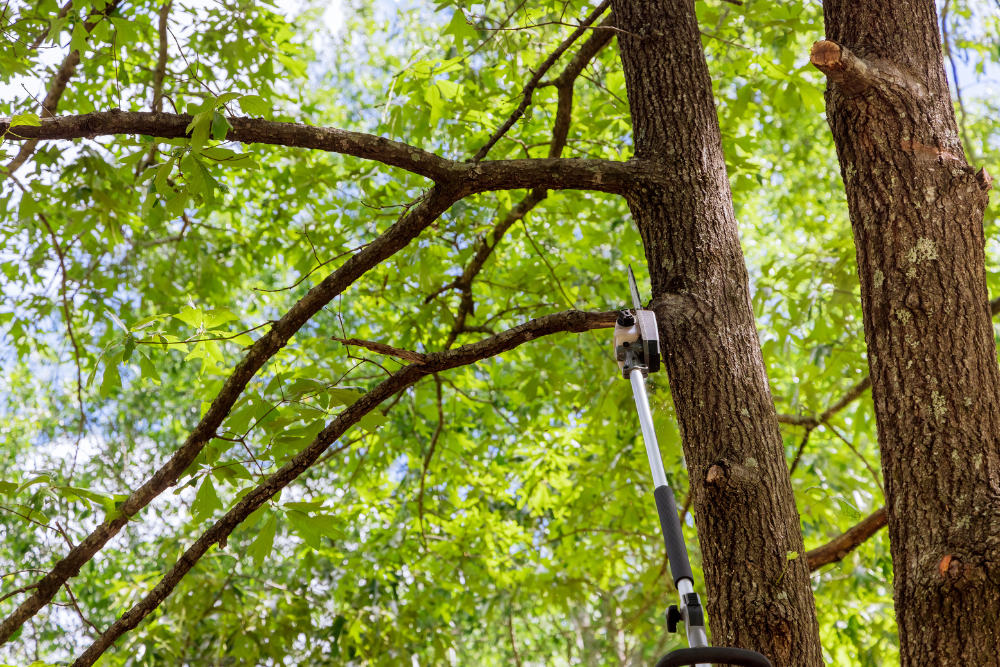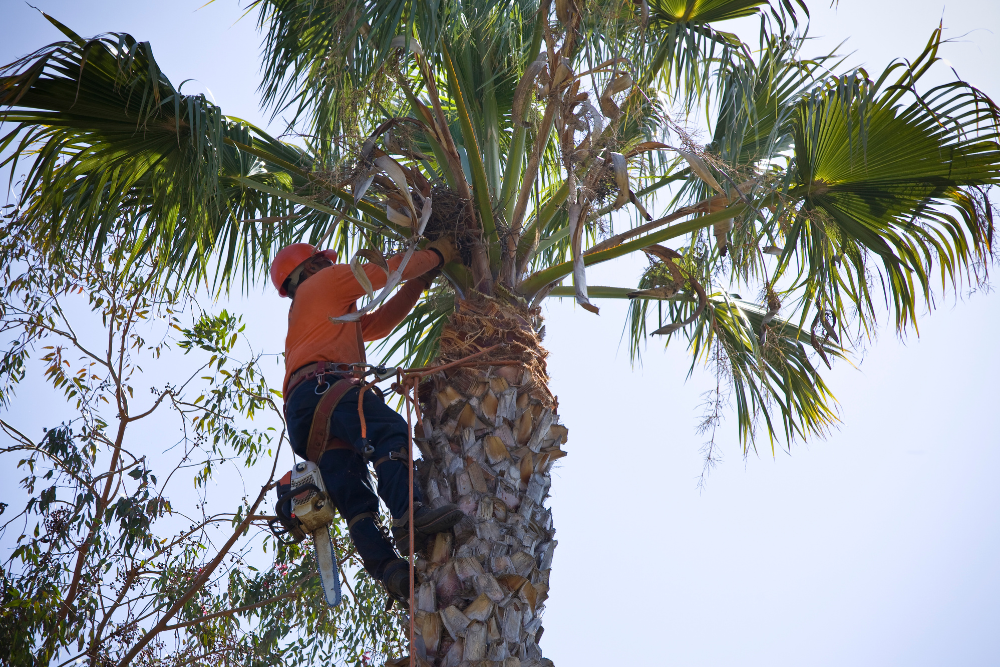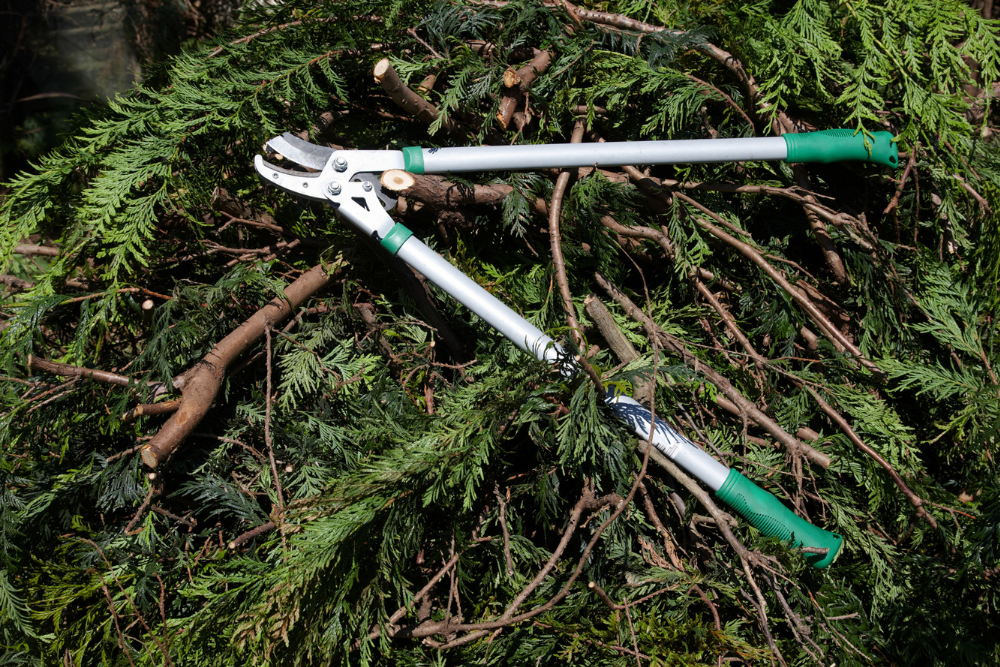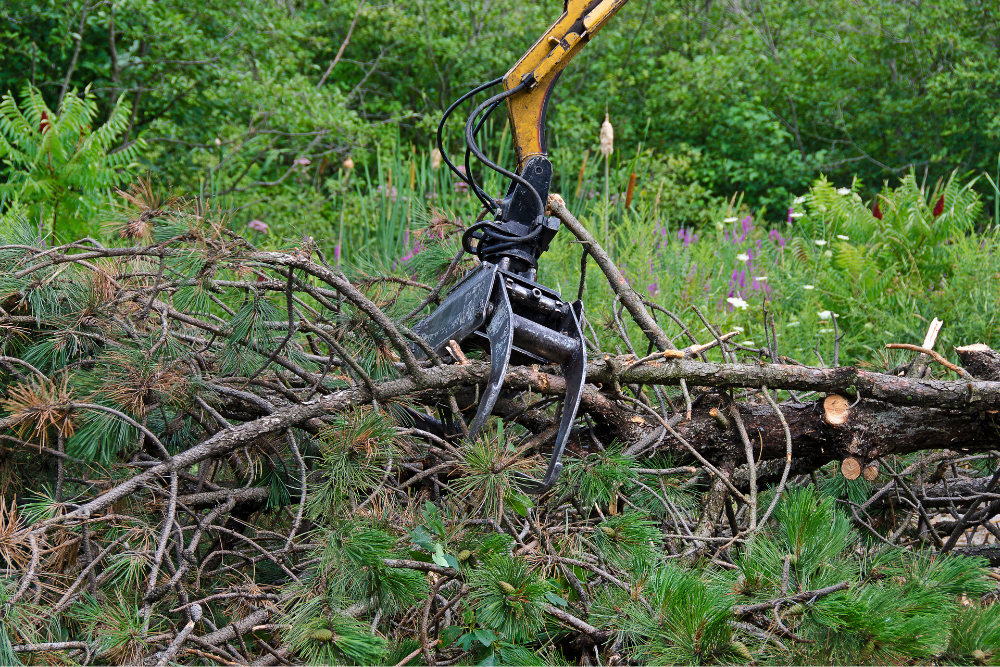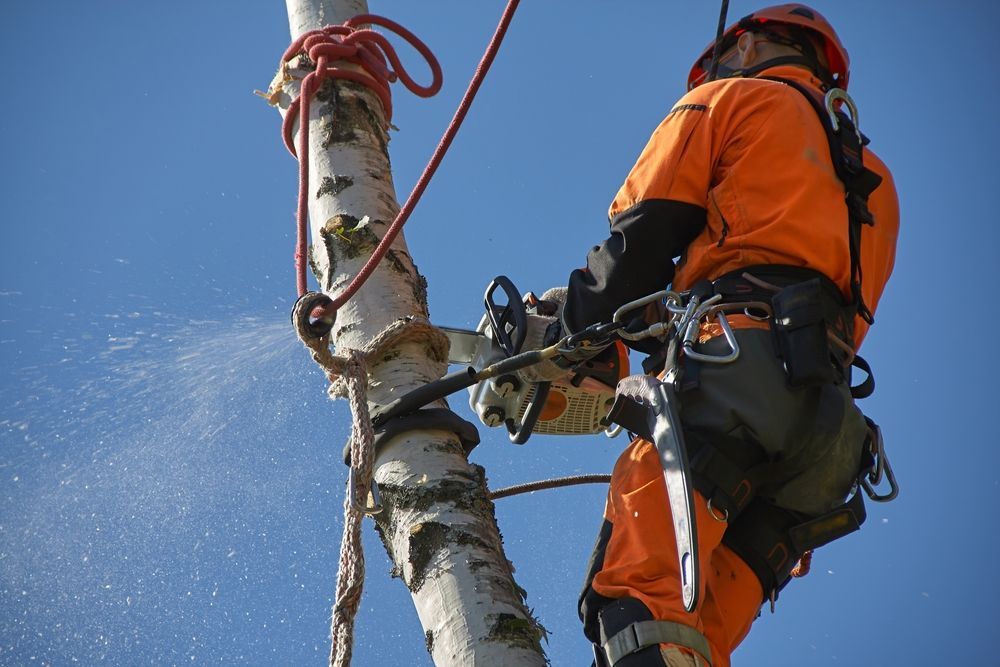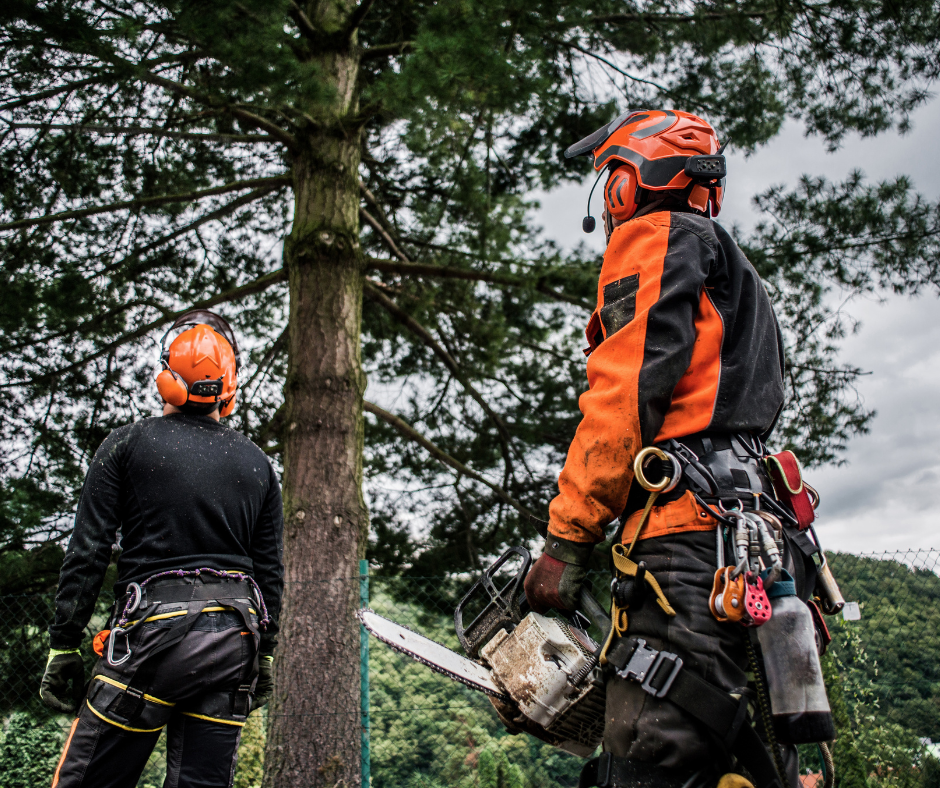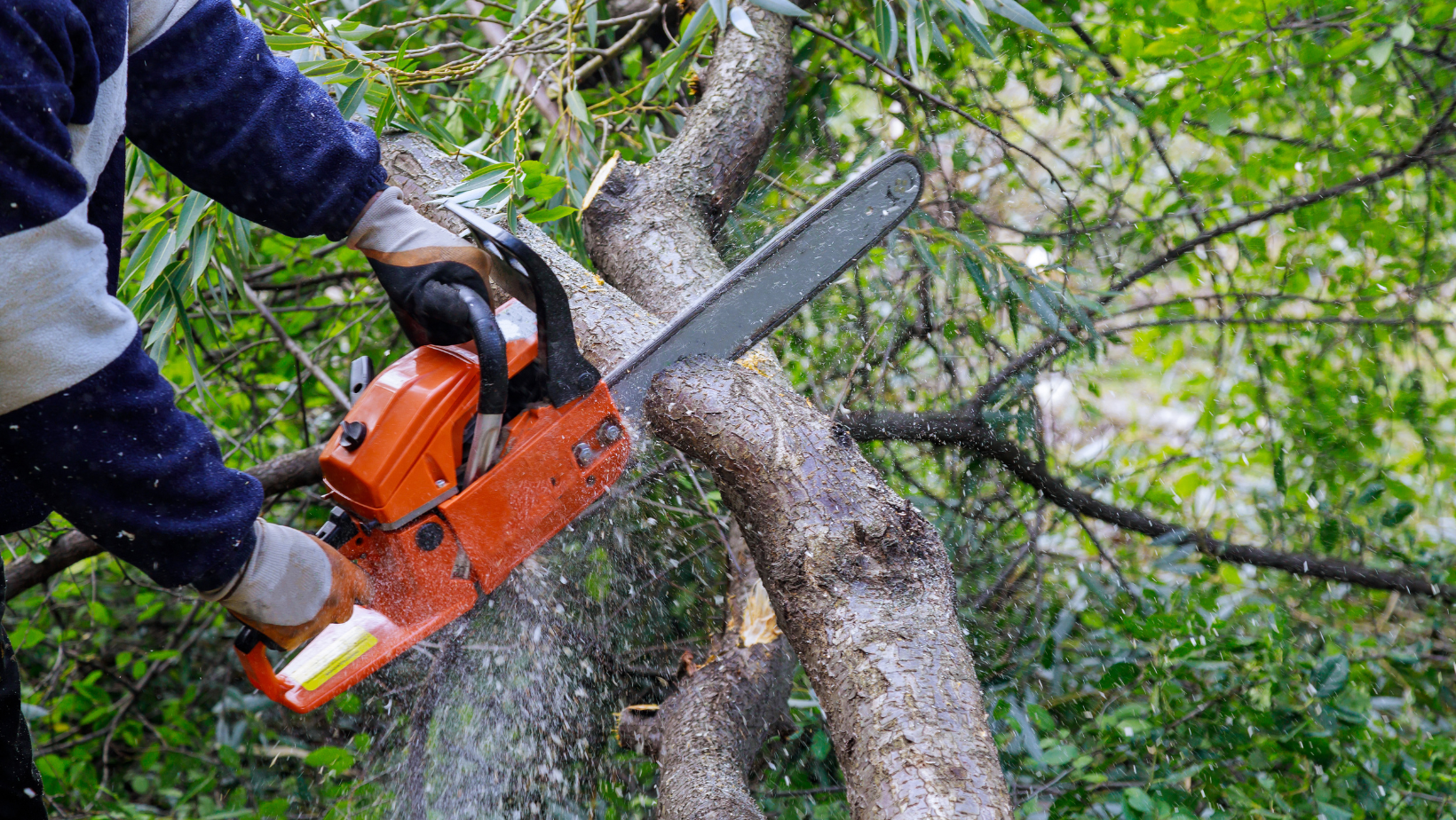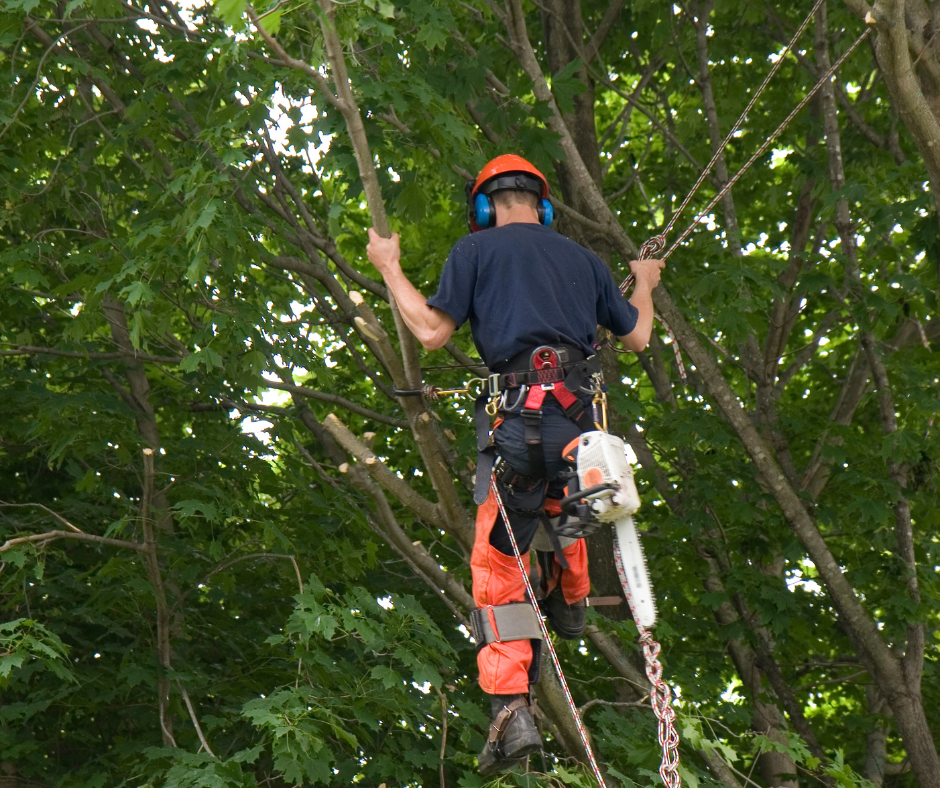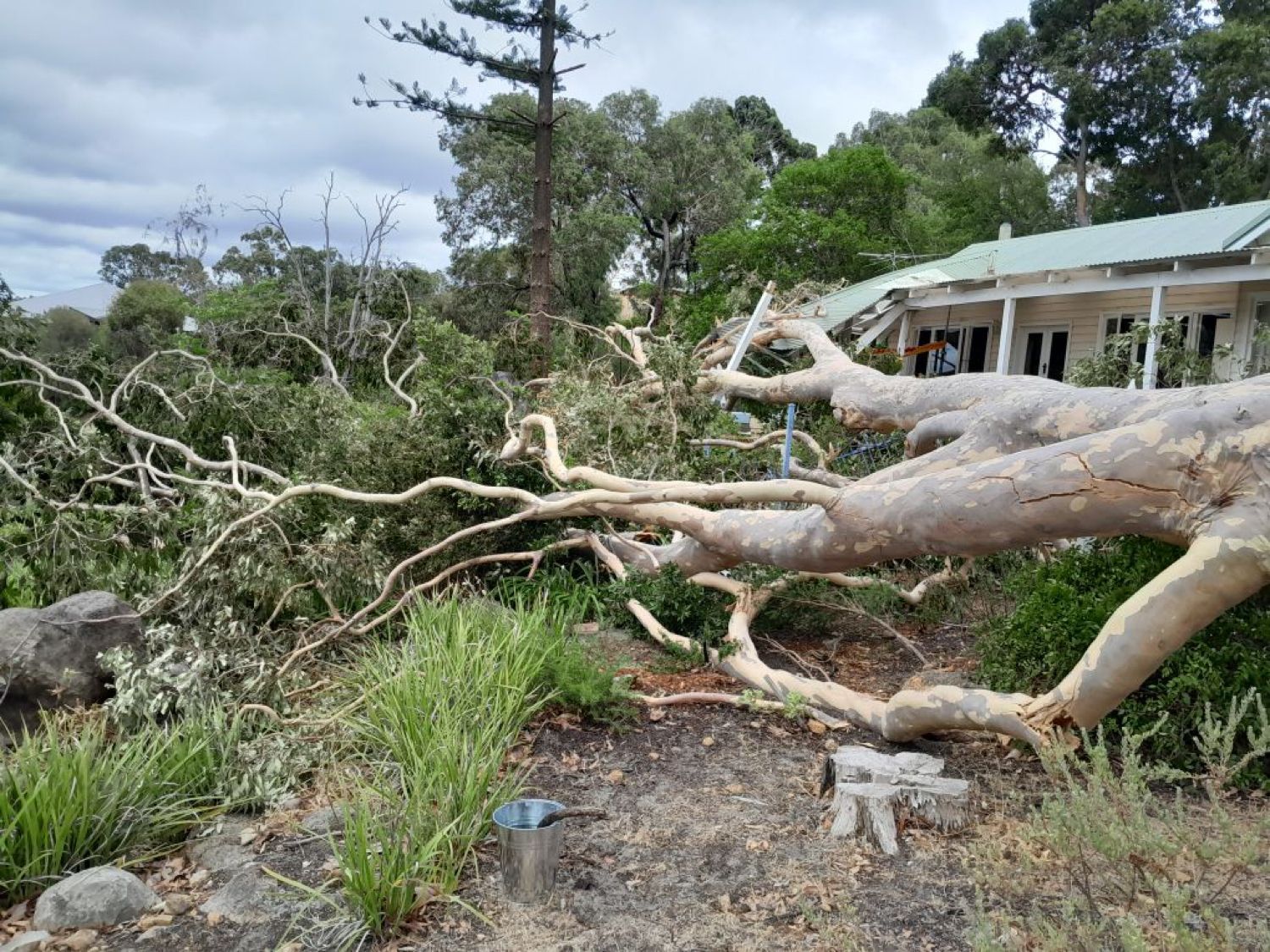Signs Your Tree Might Be A Hazard During A Storm
Navigating Storms Safely 🌪️ - A Guide to Assessing and Mitigating Tree Hazards in South East Queensland 🌳
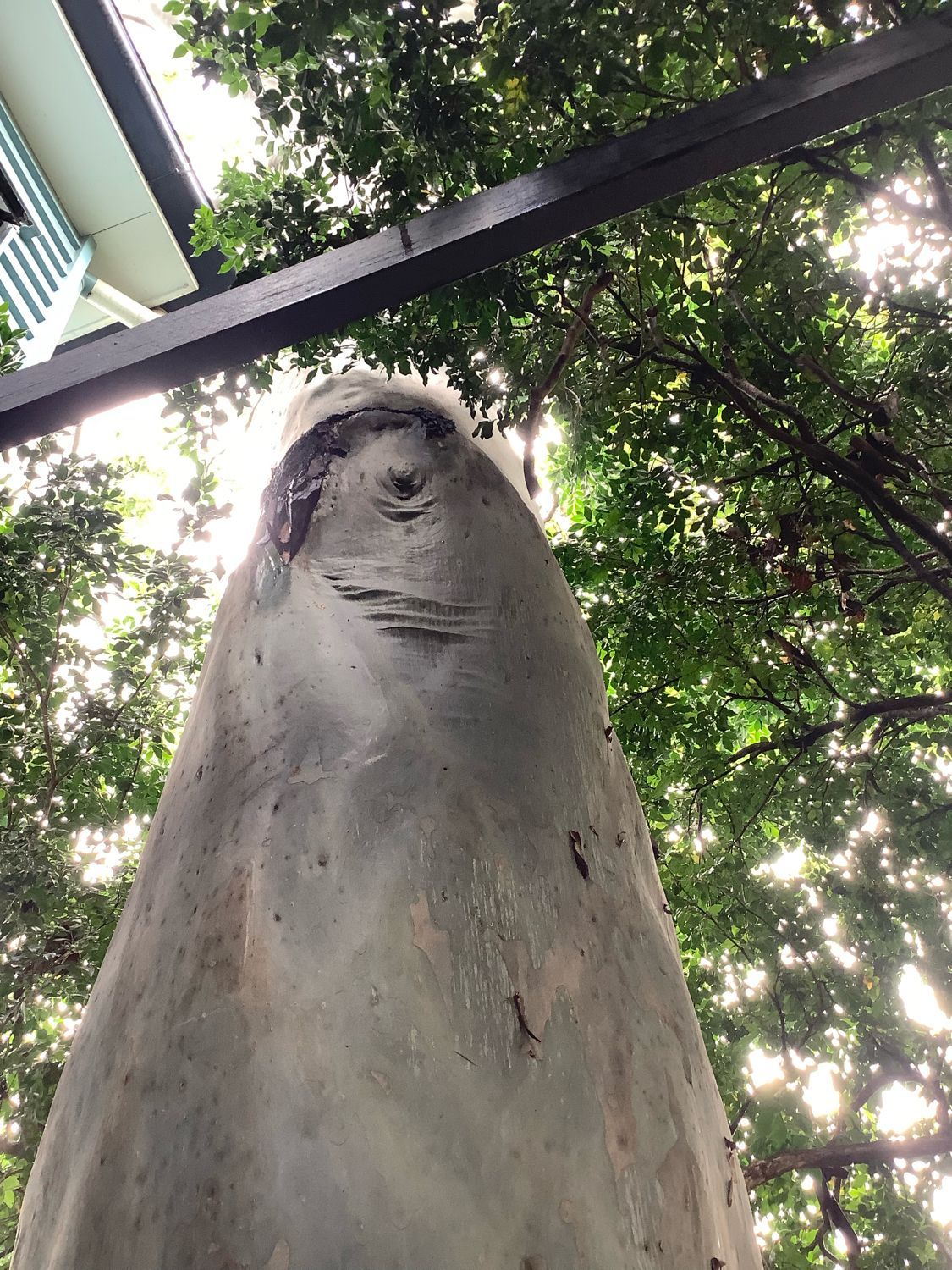
Living in the picturesque landscapes of South East Queensland comes with the joy of lush greenery and stunning trees. While these natural beauties enhance the aesthetics of our surroundings, it's crucial to be vigilant about the potential risks they pose, especially during stormy weather. In this blog, we'll explore signs that your tree might become a hazard during a storm in South East QLD and discuss the importance of proactive tree care.
Leaning Trees
One clear sign of a potential hazard is a tree that leans more than it did before. Leaning trees can be indicative of compromised root systems or structural issues that weaken the tree's stability. In a storm, these trees are more likely to topple, posing a risk to your property and safety.
Proactive Measure: Regularly assess the vertical alignment of your trees. If you notice a significant lean, consult with a professional arborist or tree service company to evaluate the tree's stability.
Cracks and Cavities
Visible cracks or cavities in the trunk or major limbs of a tree can weaken its structural integrity. These imperfections may result from diseases, pest infestations, or natural aging. During storms, such compromised trees are susceptible to breakage or complete failure.
Proactive Measure: Conduct routine inspections, especially after extreme weather events. If you notice cracks or cavities, seek professional advice on whether the tree needs further evaluation or removal.
Dead or Hanging Branches
Dead or hanging branches are not only unsightly but also hazardous during storms. They can break off easily, posing a risk to people, structures, and other trees on your property. Regular tree maintenance is crucial to identifying and addressing these issues.
Proactive Measure: Schedule regular pruning sessions to remove dead or hanging branches. This not only enhances the tree's health but also reduces the risk of storm-related damage.
Weak Union Points
Branches attached with a weak union to the trunk are prone to splitting during storms. Trees with included bark – where two branches grow too closely – often develop weak unions. Identifying and addressing these structural weaknesses is essential for storm resilience.
Proactive Measure: A professional arborist can evaluate your tree's union points and recommend appropriate measures, such as cabling or bracing, to strengthen weak attachments.
Soil Disturbance around the Base
Changes in the soil around a tree's base, such as uplifting or soil erosion, can indicate root problems. A compromised root system affects a tree's ability to anchor itself securely, making it vulnerable to uprooting during storms.
Proactive Measure: Regularly inspect the base of your trees for any unusual changes in the soil. If you observe significant shifts, consult with an arborist to assess the root health.
Fungal Growth on Trunk or Roots
Fungal growth on a tree's trunk or around its roots can be a sign of internal decay. Decay weakens the wood structure, making the tree more susceptible to wind-induced breakage during storms.
Proactive Measure: If you notice fungal growth, especially in conjunction with other warning signs, seek the expertise of an arborist to assess the extent of decay and recommend appropriate action.
Conclusion:
Being proactive about identifying potential hazards in your trees is a key step in mitigating storm-related risks. Regular tree inspections, prompt maintenance, and professional arborist consultations are vital to ensuring the safety of your property and loved ones. If you're uncertain about the health or stability of your trees, don't hesitate to contact 📞 GDE Tree Services for expert advice and comprehensive tree care solutions. Stay safe, South East QLD!
🌿🌲 #TreeCare #ProfessionalTreeLopper #GDETreeServices #brisbaneTreeLopper #TreeServicesBrisbane #treecuttingservice #treeremovalbrisbane

